The flora of many parts of India is not fully known even after the publication of Sir J.D. Hooker’s monumental work, The F1. Brit. India (1872-97), Gamble’s F1. Pres. Madras (1915-36), Haines Botany of Bihar and Orissa (1921-25) etc., due to the vastness of the country and inaccessability of several parts of it. Further, some areas were under the control of the feudal states and zamindars which were not usually visited by the forest officers who mostly wrote the regional floras previously. One such whose flora is not fully worked out is the Visakhapatnam District in Andhra Pradesh (Subramanyam, K. in Bull. Bot. Surv. India 1: 70.1959). Forests of this district were mostly under the control of the erstwhile Zamindars of Vizianagaram and Jeypore. J.D. Hooker listed this area in "The Deccan region" and stated "This hilly and mountainous country is for by far the greater part botanically unexplored". (A sketch of Flora of British India ed. 2. 38.1906). C.A. Barber in the account on the flora of Visakhapatnam district prepared by him in 1907 for the Madras District Gazetteers, stated that "comparatively little collection has been done in the district…..when the hills are approached….we are confronted with an unexplored country". Keeping the above in view the Visakhapatnam district has been selected with an earnest desire to make a comprehensive study on the flora of the area. The area within a radius of 85 km from Araku valley was chosen for the present study. The district is diagonally divided by the Eastern Ghats into S.E. and N.W. parts and easy accessability from one part to the other over the hills is lacking. So the S.E. part and N.W. part were separately visited for plant collections 5 times each side, in different seasons. Thus, practically all the seasons were covered. As already stated the area within a radius of 85 km from Araku valley was covered which comprises mostly hilly areas and a small plains and coastal area. 2363 (Field numbers) specimens were collected. Habit, phenological data, colour and smell of flower, frequency, associates if any, local names and local uses if any, were noted in the field. The plants were tentatively identified in the field generally by studying the flower and other exomorphic characters. Flowers were dissected after reaching the base camp to study in detail the range of variability. After the preparation of the specimens for the herbarium in the conventional methods of drying and poisoning, they were compared and studied with those present in the Madras Herbarium (MH) at Coimbatore. In case of doubtful determinations, the specimens were referred to the Central National Herbarium (CAL), Howrah and Kew Herbarium (K), Surrey, England. All the collected plants have been incorporated in the Madras Herbarium (MH), Coimbatore and Central National Herbarium (CAL), Howrah. The local names of plants and their uses gathered from local persons during plant collection were included in the text after flowering and fruiting time. They are the claims of the local people which required scientific verification. These data are given as they help the practical plant users and ethnobotanical studies. The names of plants have been brought up-to-date as per the International Code of Botanical Nomenclature, 1988 as far as possible with the literature available in the libraries at Coimbatore and Calcutta. The descriptions of plants are mainly based on our collections and those of others collected from the area under study and deposited at herbaria at MH or CAL. Every attempt was made to collect the plants in flower and in fruit. In very few cases either flowering or fruiting specimens were only available and they were described. The descriptions were followed by our observations and the phenological data. The world distribution taken mostly from literature, follows the local name and local uses given after the phenological data. It is found to be rather difficult to accurately demarcate some of the areas of the World. S.E. Asia, Malaysia etc., were used in a sense as given in the Willis’s Dictionary revised by Airy Shaw (1973). Though it may not be very accurate, it indicates where the plant is distributed. This is followed by the citation of the specimens examined. At the end, in most cases, critical notes are provided.
Flora of Visakhapatnam District: Andhra Pradesh (Volume I)
In stock
Free & Quick Delivery Worldwide
reviews
Bibliographic information
Title
Flora of Visakhapatnam District: Andhra Pradesh (Volume I)
Author
Edition
1st ed.
Publisher
Length
xiv+612p., Figures; Coloured Plates; Maps; 23cm.
Subjects

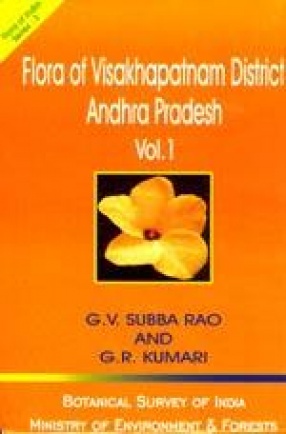
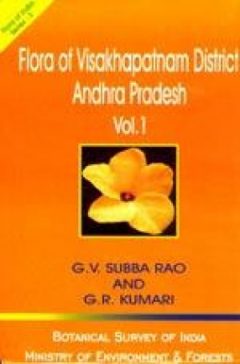
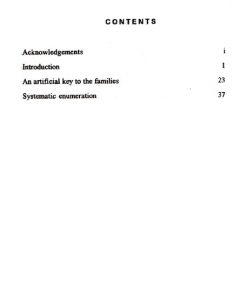
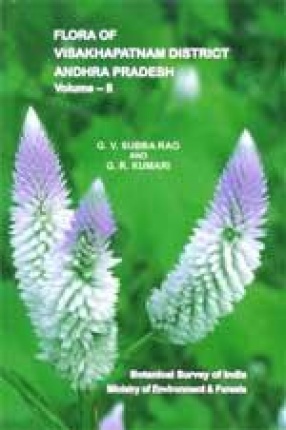
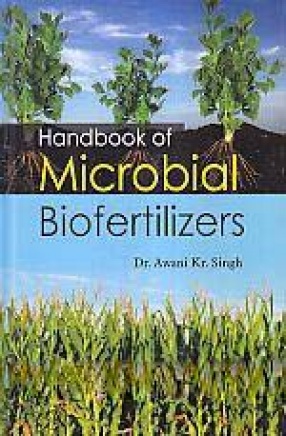
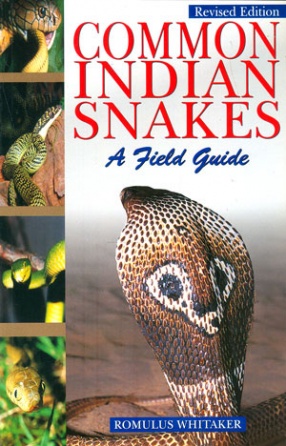

There are no reviews yet.